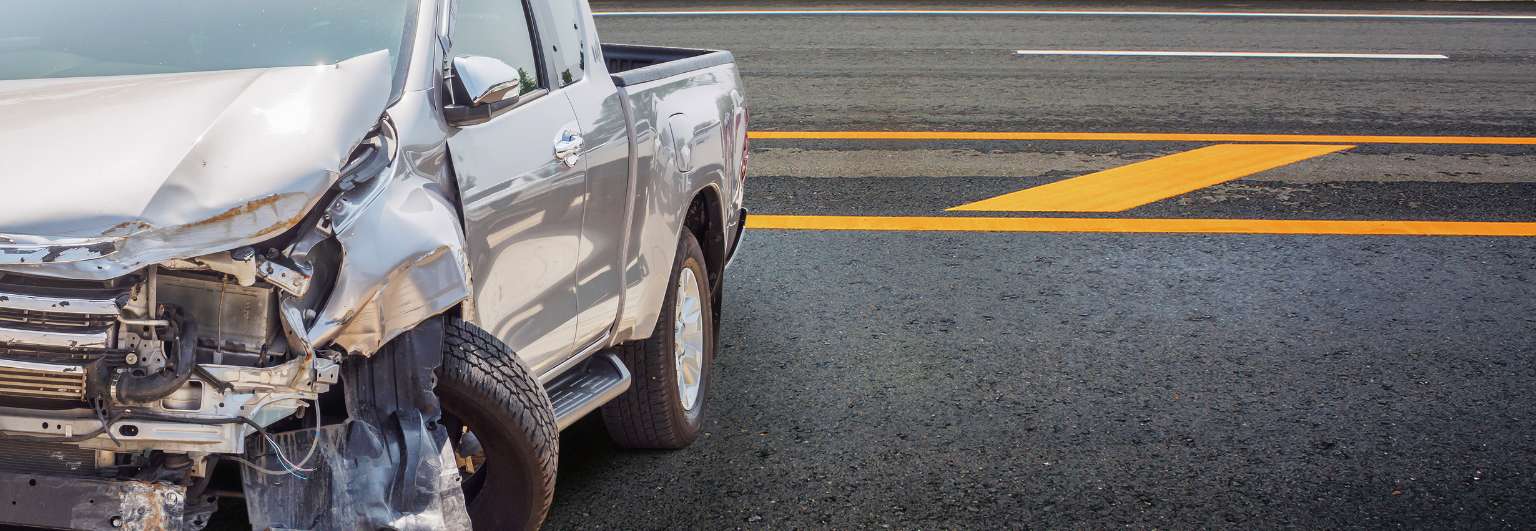
25 Sep Collision vs Comprehensive Coverage
When it comes to insuring your vehicle, understanding the different types of coverage is the most important key to ensuring your protection while on the road. Although most car owners have liability insurance, this does not cover all scenarios that you may run into. The distinction between comprehensive vs collision coverage is the most essential knowledge to have about your auto insurance policy, each serving their own unique purpose.
Let’s take a closer look into what these policies cover:
Collision Coverage
Collision coverage is designed to protect you from financial losses when your vehicle is involved in an accident. It comes into play in various scenarios:
- When your vehicle hits an object
- In the event of a collision with another vehicle
- If your vehicle rolls over
- When your vehicle sustains damage from a pothole
Comprehensive Coverage
Comprehensive coverage offers protection in scenarios that are unrelated to collisions. Its broader coverage includes:
- If an object falls onto your vehicle
- In the case of an animal colliding with your vehicle
- When your vehicle is damaged due to a weather event
- In the event of your vehicle being vandalized or stolen
However, it’s important to note that both collision and comprehensive coverage do not extend to cover injuries that you or your passengers may sustain in an accident. Additionally, they typically do not cover items stolen from your vehicle, such as a laptop, wallet, or any other personal belongings.
Driving Safely to Avoid Hitting a Deer
In addition to having the right auto insurance coverage, it’s crucial to drive safely to minimize the risk of accidents, including collisions with deer. Did you know that there are around 1.5 million car crashes per year that involve a deer? Here are some tips to help you drive safely and avoid hitting a deer:
- Reduce Speed at Dusk and Dawn: Deer are more active during these times, so slow down your speed to increase your reaction time.
- Use High Beams: When driving in rural areas at night, use your high beams to spot animal eyes reflecting in the headlights.
- Don’t Swerve: If a deer suddenly appears in your path, brake firmly but avoid swerving, as this can lead to a more dangerous collision.
- Honk Your Horn: If you see a deer in your path or approaching the road, honk your horn to frighten it away.
- Be Alert: If you see one deer, expect more nearby, as they often travel in groups and may cross the road together.
- Always Wear Your Seatbelt: Ensure that you and all passengers are wearing a seatbelt to minimize injuries in case of a collision.
By following these safety tips, you can reduce the risk of hitting a deer while driving and ensure a safer journey on the road for yourself and others.
Understanding the difference between collision and comprehensive coverage is essential when selecting the right auto insurance for your needs. While collision coverage addresses accident-related damages, comprehensive coverage offers protection against a wider range of non-collision events. Both are valuable components of an auto insurance policy, ensuring that you’re covered in various situations on the road.
We are here to assist you will all your insurance needs.
To discuss your options, contact one of our talented Risk Advisors today!


No Comments